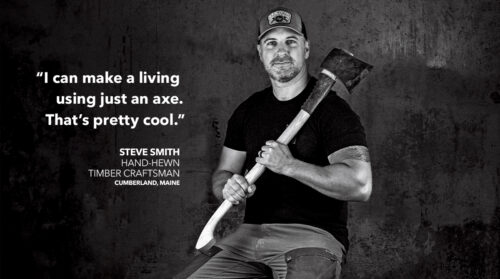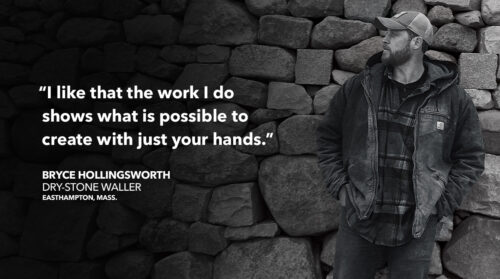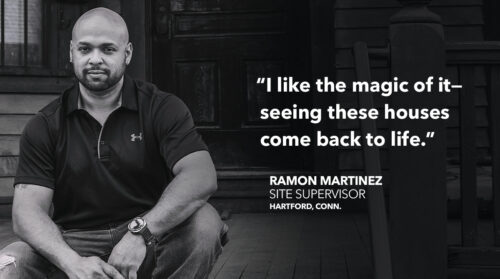
By Matthew Millham
It seems like not that long ago that the drive from Denver to its “new” airport felt like a trek across a vast, nearly empty landscape that might leave you wondering if you’d missed a turn somewhere and wound up in Nebraska. When the airport finally appeared on the horizon, its tent-like roof brought a needed sense of relief. These days, buildings are multiplying on the high plains like Colorado rabbits, and development is creeping ever closer to Denver International’s doorstep.
All of which is to say, Denver is a flourishing city in almost every way imaginable, with a large and growing tech sector, an exploding population, and more new buildings going up than I’ve seen just about anywhere in the U.S. This construction boom is keeping the region’s contractors busy, and they are acutely aware that there’s a shortage of skilled labor in the trades. They live with this “skills gap” every day.
It was against this backdrop that Fine Homebuilding magazine hosted a #KeepCraftAlive event at Denver’s Tradecraft Industries—a coworking space for small construction businesses to work, collaborate and grow. Along with great food, beer, and networking opportunities, the event featured a panel discussion on the skills gap featuring area builders—Kelly and Janice Stitzer from CIG Construction, Luke Mann from Rangeline Homes, and Paul Lundgren from Lundgren Trim Corp.—and Fine Homebuilding brand ambassador John Hourihan, who flew in from Boston. The event ran a little long, largely because the builders in the audience had a lot to add on the subject.
Any skills gap is essentially a mismatch between the skills an employer needs and the skills the available workforce has. The skills gap in the building industry has a lot of different fathers, but the market crash of 2008 was a major factor. New construction starts plummeted, companies went under, and lots of laid-off workers left the trades behind to find work in other industries.
Now that construction has picked back up, companies are vying for the same small pool of skilled workers. Government data shows demand for some trades are outpacing the average demand across all industries, but there aren’t enough feet to fill the work boots. So how does a builder get someone with the skills they need? There are lots of answers to that.
Historically in the U.S., carpenters, plumbers and other trades learned their trade on the job, either through apprenticeships or just good-old on-the-job training. Go to the U.S. Bureau of Labor Statistics today and it still lists apprenticeships and OJT as the primary avenues for entering the industry. So one answer to the labor shortage is: grow your own skilled workers.
…many in the audience and on the panel agreed that guidance counselors, school administrators, and others in a position to change this dynamic (notably parents) could be the key to getting young people back into the trades.”
That said, there seemed to be some consensus in the room at Tradecraft that young people aren’t showing much interest in the trades, and that there’s an undeserved stigma associated with building. To some extent, policies at the local level play a hand in both of these, though maybe not deliberately. High schools intentionally steer kids toward college whether they belong there or not, and are often judged by how many of their graduates go off to college. This can play a decisive role in who moves into a neighborhood, and, thus, the tax base. So the incentives at the local level for steering kids away from jobs they can get without a college degree are strong, and many in the audience and on the panel agreed that guidance counselors, school administrators, and others in a position to change this dynamic (notably parents) could be the key to getting young people back into the trades.
If any of these administrators or counselors or parents are worried that these jobs are dead ends, a glance at Denver’s rapidly changing skyline might change their mind (assuming they realize those towers and developments aren’t popping up on their own). As one builder in the audience noted, he was 24 when he bought his first house, while his buddies who’d gone off to college are still paying off their college loans.
The panelists and audience had a lot more to say, and video of the event should be posted soon. Until then, a sincere thanks to the companies that sponsored this meetup and made it all possible:
Pella, Tradecraft Industries, Truewerk, CertainTeed, FastenMaster and CabParts.
In addition to bringing awareness to the skills gap and #KeepCraftAlive cause, the event also raised over $1,000 in donations to support the #KeepCraftAlive SkillsUSA scholarship fund which will award scholarships to young students who wish to pursue an education in the trades.





